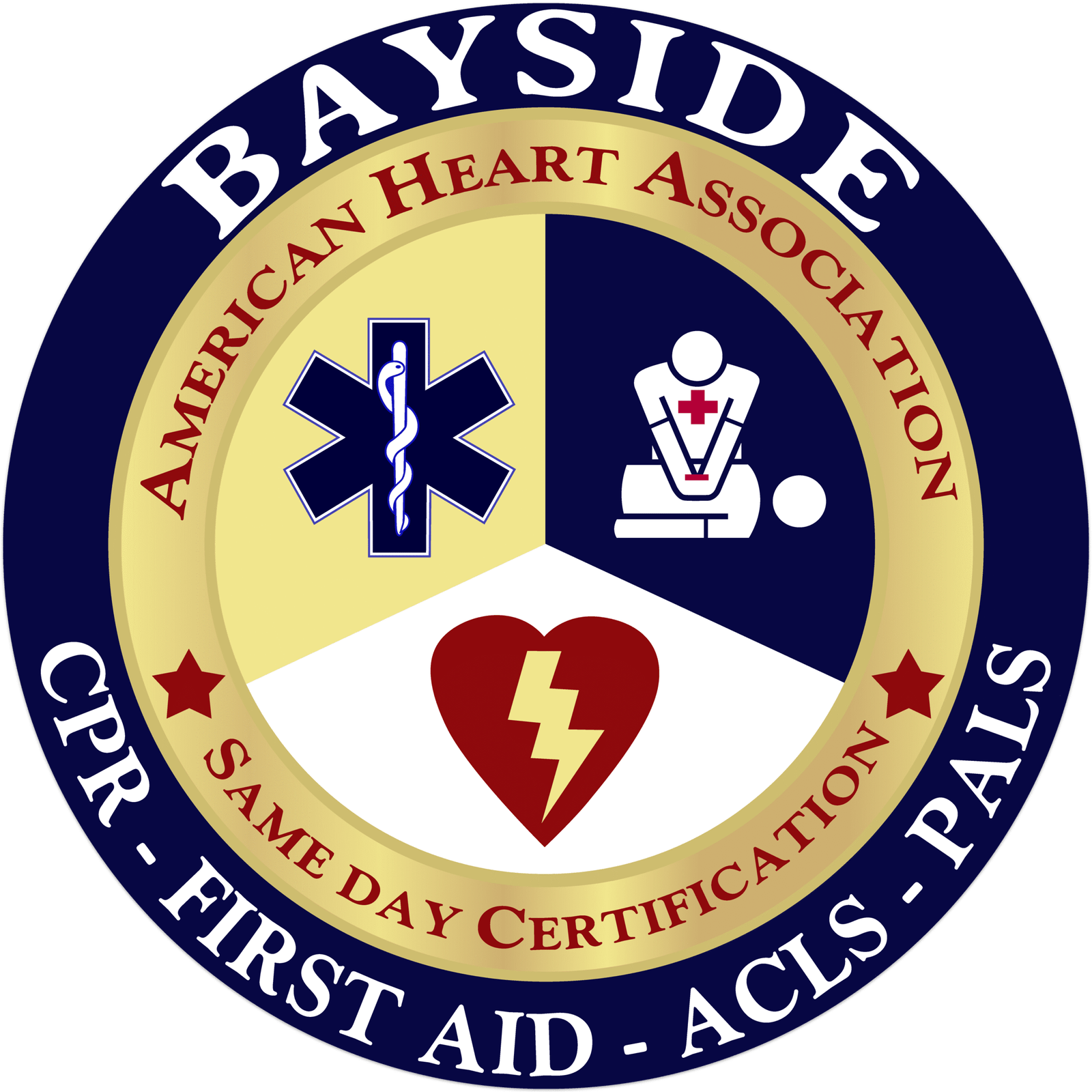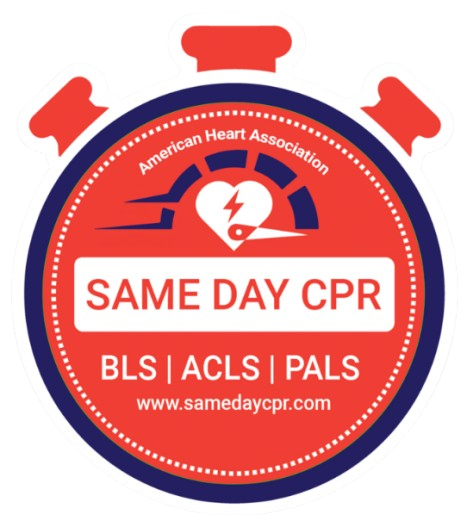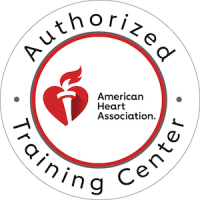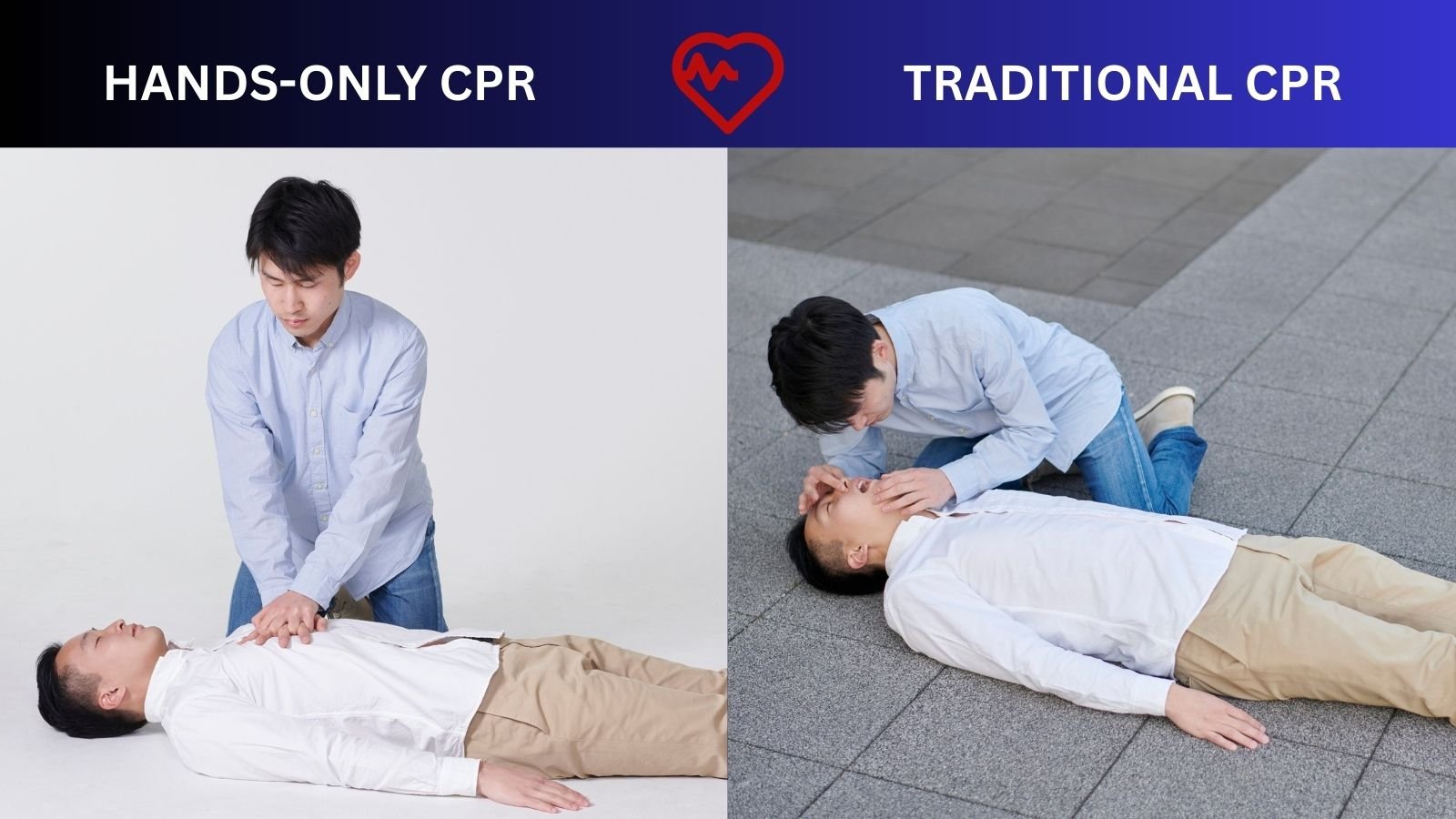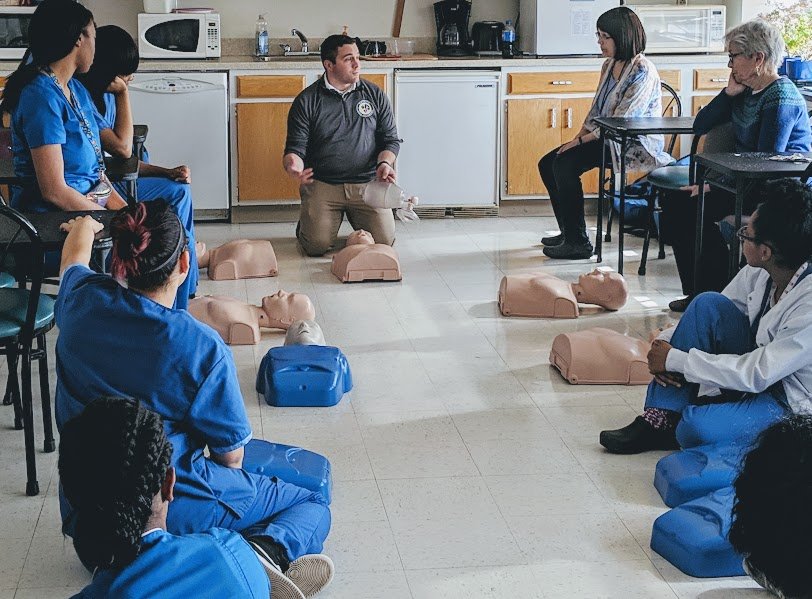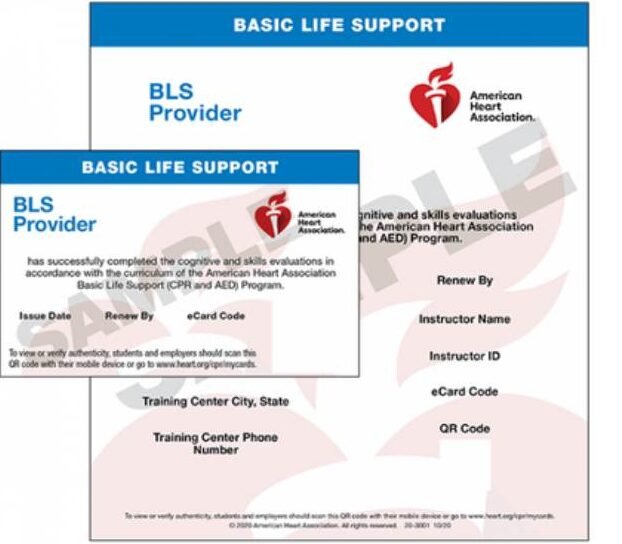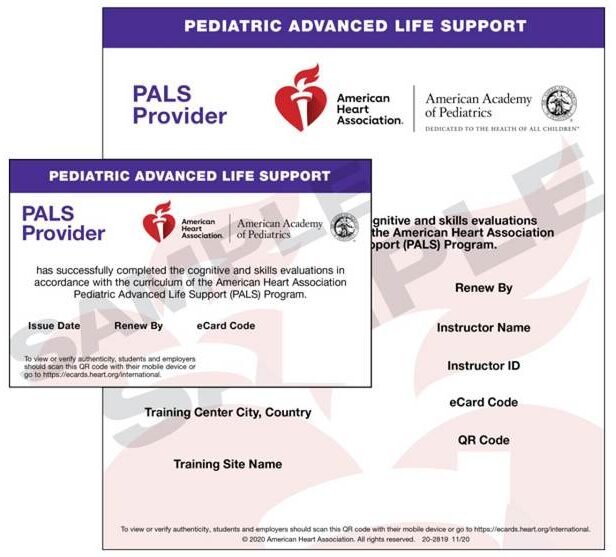It’s horrific to imagine, but what if someone right in front of you suddenly collapses? Their body goes limp, their breath halts, and panic sets in. You realize in an instant this person may be experiencing cardiac arrest. In that moment, everything becomes clear: their life is in your hands. Every second counts. What if you knew the right steps to save them? CPR can be the difference between life and death. It’s not just a skill; it’s a lifeline.
CPR stands for cardiopulmonary resuscitation. It’s an emergency lifesaving technique used when someone’s heart suddenly stops beating, also known as cardiac arrest. CPR helps keep blood and oxygen flowing to the brain and other vital organs until professional help arrives. Without CPR, brain damage can start within minutes, and the chances of survival drop fast. But if CPR is started immediately, it can double or even triple the person’s chances of surviving. The American Heart Association has released Heart and Stroke Statistics – 2022 Update. According to the report, cardiac arrest remains a public health crisis. There are more than 356,000 out-of-hospital cardiac arrests (OHCA) annually in the U.S., nearly 90% of them fatal.
That’s why knowing how to respond in those first few minutes is so crucial—you could save a life. There are two main types of CPR, and each is useful depending on the situation:
1. Hands-Only CPR (Compression-only CPR)
2. Traditional CPR (Standard CPR)
Key Differences Between Hands-Only CPR and Traditional CPR
When it comes to saving a life with CPR, there are two main approaches. Knowing the key differences helps you choose the right one for the situation you’re in.
1. What is Hands-Only CPR?
1.1 Definition
Hands-Only CPR is simple and easy for anyone to learn. You just use your hands to push hard and fast in the center of the chest; no mouth-to-mouth is needed. It’s ideal for most bystanders who witness an adult suddenly collapse, specifically if they aren’t trained or feel unsure about giving breaths.
1.2 Technique
- Steps for performing hands-only CPR:
- Call for Help: First, call 911 or have someone nearby make the call. Getting emergency services on the way is crucial.
- Get in Position: Place the heel of one hand in the center of the person’s chest, right over the breastbone. Then, place your other hand on top and interlock your fingers.
- Start Compressions: Push hard and fast, aiming for 100 to 120 compressions per minute. Think of the beat of the song “Stayin’ Alive” to keep your rhythm. Let the chest rise fully between pushes, and keep going until help arrives or the person starts breathing.
1.3 Situations for Use
It is best used on adults who unexpectedly collapse and are unresponsive. It’s extremely recommended when you’re not trained in full CPR or if you’re unsure or uneasy about giving rescue breaths. In these situations, doing something is far better than doing nothing, and compressions alone can keep the blood flowing until help arrives.
1.4 Effectiveness
Hands-only CPR has been proven to significantly increase survival rates in sudden cardiac arrest situations. According to the American Heart Association, immediate hands-only CPR can double or even triple a person’s chance of survival. Studies have also shown that bystanders are more likely to take action when they’re only expected to perform chest compressions, especially if they’re untrained. This means more people get help faster, and more lives are saved as a result.
In short: When hands-only CPR is done quickly and correctly, it works, and it can be the difference between life and death.
1.5 Pros and Cons of Hands-Only CPR
Like any lifesaving method, Hands-Only CPR has its strengths and limitations. Here’s a quick look at the pros and cons you have to keep in mind. While following this technique.
1.5.a Pros of Hands-Only CPR:
- Hands-only CPR is easy to learn. Just focus on chest compressions; no rescue breaths are needed.
- Quicker response: people are more likely to jump in and help without worrying.
- It is effective for most adult cases, especially in sudden cardiac arrest situations outside of hospitals.
1.5.b Cons of Hands-Only CPR:
- Hands-only CPR is not ideal for certain situations, like drowning, drug overdose, or for infants and children, where rescue breaths are important.
- Limited oxygen delivery, since you’re not giving breaths, it doesn’t supply fresh oxygen, just circulates what’s already in the body.
- It can be tiring; keeping up the right pace and depth of compressions takes effort, especially over several minutes.
2. What is Traditional CPR
2.1 Definition
Traditional CPR, on the other hand, includes both chest compressions and rescue breaths (mouth-to-mouth ventilation). This is the traditional method that has been taught for decades and continues to be taught to healthcare professionals. You can learn more about what the indications are for mouth-to-mouth rescue breaths and when it’s appropriate to use this method during CPR.
2.2 Technique
- Steps for performing traditional CPR:
- Call 911: Immediately call for emergency help or ask someone nearby to do it.
- Position the Person: Make sure the person is lying flat on their back on a firm surface.
- Start Compressions: Place your hands in the center of the chest and give 30 firm, fast compressions (100–120 per minute).
- Give Rescue Breaths: After 30 compressions, tilt the head back, lift the chin, pinch the nose, and give 2 rescue breaths, just enough to make the chest rise.
- Repeat: Continue the cycle of 30 compressions and 2 breaths until help arrives or the person starts breathing.
2.3 Situations for Use
It is recommended for infants, children, and adults in situations like drowning, drug overdose, choking, or or any scenario where breathing problems are the root cause. In these circumstances, rescue breaths are crucial to get oxygen into the lungs while chest compressions keep the blood circulating.
2.4 Effectiveness
Studies and real-life cases show that traditional CPR can significantly improve survival rates, especially in situations where a lack of oxygen is the main cause, like drowning, asphyxiation, or in young children. The combination of chest compressions and rescue breaths helps deliver oxygen to the lungs and brain, which boosts the chances of both survival and better neurological recovery. While it can be more complex than hands-only CPR, it’s often the more effective option when oxygen supply is critical.
2.5 Pros and Cons of Traditional CPR
Traditional CPR also has its strengths and weaknesses. Here’s a quick look at the pros and cons you have to keep in mind. While following this technique.
2.5.a Pros of Traditional CPR
- Traditional CPR combines chest compressions with rescue breaths for full support.
- It is especially important for infants, children, and victims of drowning or respiratory issues.
- This CPR increases survival chances in more complex cases, like asphyxiation or prolonged cardiac arrest.
2.5.b Cons of Traditional CPR
- Traditional CPR is more complex to learn. It requires training and practice to perform correctly.
- Some people may hesitate due to the need for mouth-to-mouth, especially with strangers.
- It takes more time to start because of the added steps; response time might be slower for untrained bystanders.
Importance of Learning Both Techniques
The most important thing in a cardiac emergency is to act quickly. Whether you perform hands-only CPR or traditional CPR, stepping in to help can make all the difference. Knowing both hands-only and traditional CPR gives you the confidence to act in any emergency, whether it’s a grown-up collapsing in public or a kid pulled from the water. Each technique has its place, and being trained in both means you’re ready to give the right help at the right time, potentially saving a life when every second counts.
Whichever Technique You Apply. Your Quick Action Can Save a Life in Cardiac Emergencies!
In the end, both hands-only and traditional CPR have their place. The right approach depends on the situation and your training. Hands-Only CPR is a fast, effective option for those without formal training, while Traditional CPR, which includes rescue breaths, remains essential for medical professionals and those with advanced CPR knowledge. If you’re not sure which technique is best to use, get CPR certified for Non-Healthcare Provider Classes at Bayside CPR. Whether you’re a teacher, coach, parent, or anyone who wants to be prepared for an emergency, this class is perfect for you. We will provide you with the knowledge and confidence to respond effectively and possibly to save a life.
